This 3D-printed gem will keep you cool – as a home tech editor, you need to consider this sustainable, low-cost cooling feature for your reno
Evaporative cooling technology is an effective and low-energy alternative to AC
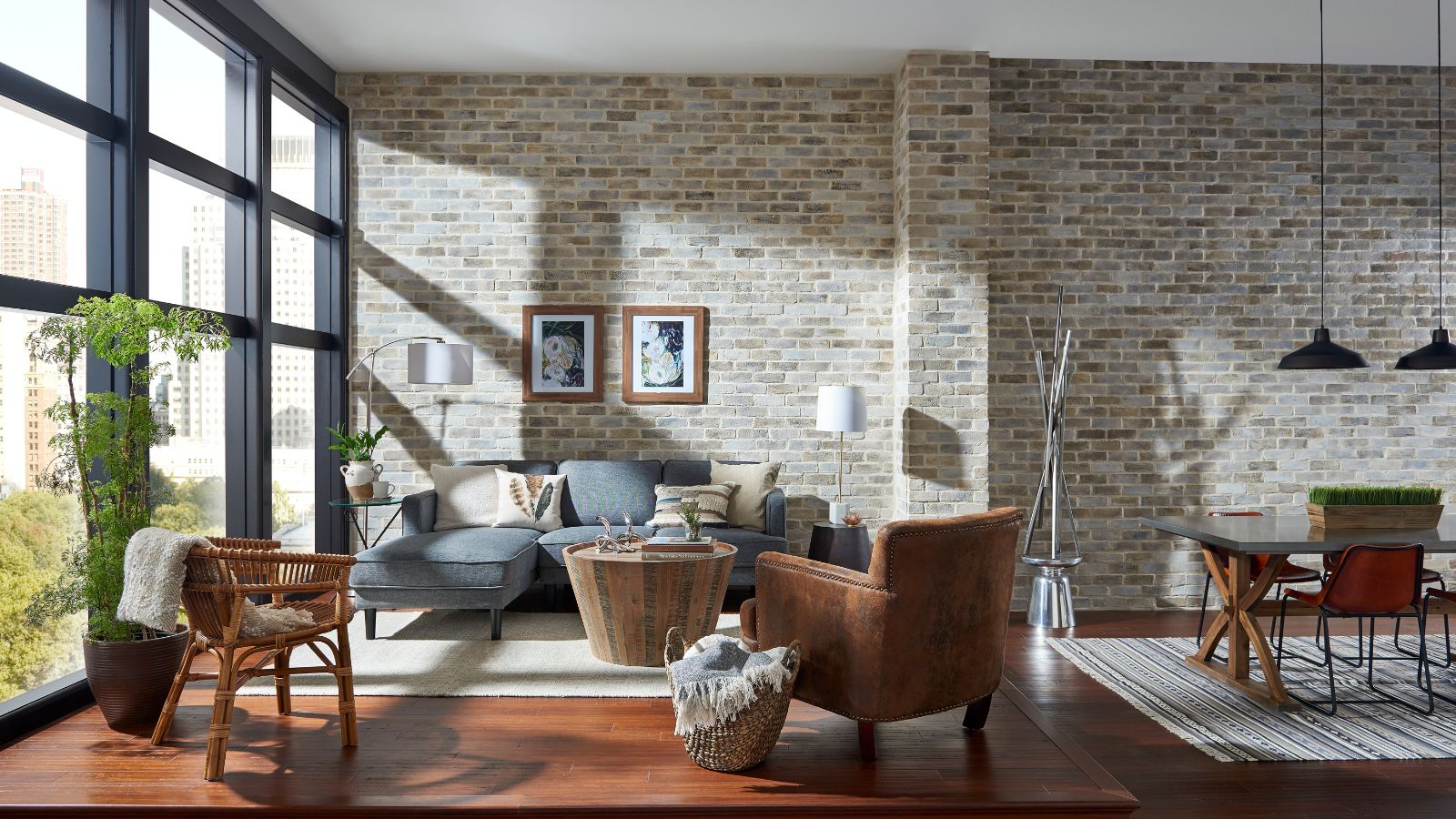
As temperatures climb across the US and summer heatwaves grow more frequent, more of us are rethinking how to stay comfortable without relying on energy-hungry AC units.
That’s why I’m shouting about the ‘Cool Brick’ – a fascinating ceramic 3D-printed brick used as an architectural solution to rising temperatures, that is more relevant than ever when designing homes that stay cool.
Built on ancient principles and passive cooling techniques, it’s not a replacement for your favored air conditioning type, but a potential sustainable solution to our warming world.
How a 3D-printed wall cools your home
Developed by Emerging Objects in 2015, the Cool Brick is a modular wall made from 3D-printed ceramic blocks filled with water-absorbent material. Together, they use evaporative cooling to lower the surrounding air temperature, letting warm air pass through a moist surface to create a cooling effect, much like sweating does for the human body.
The idea may sound new, but evaporative cooling has been used for thousands of years in arid regions – from wind towers in Iran to courtyard fountains in the American Southwest. Eco cooling techniques like these work best in dry climates, where the low humidity allows for rapid evaporation and natural thermal regulation.
'This is not an outdated idea,’ says architect Jay Reinert from J Reinert Architecture, adding, ‘In fact, it can be used efficiently in the right location, with the right application, carefully designed by a talented team of architects and mechanical engineers.’
That distinction is key: The Cool Brick is not a product. It would have to be part of a sustainable design renovation as Bar Zakheim, CEO of Better Place Design and Build, explains, ‘This is really something you need to design and build for from the ground up. You can’t just throw it in like a portable or window AC unit.’
Design expertise in your inbox – from inspiring decorating ideas and beautiful celebrity homes to practical gardening advice and shopping round-ups.
What we can learn from it to cool and design our homes
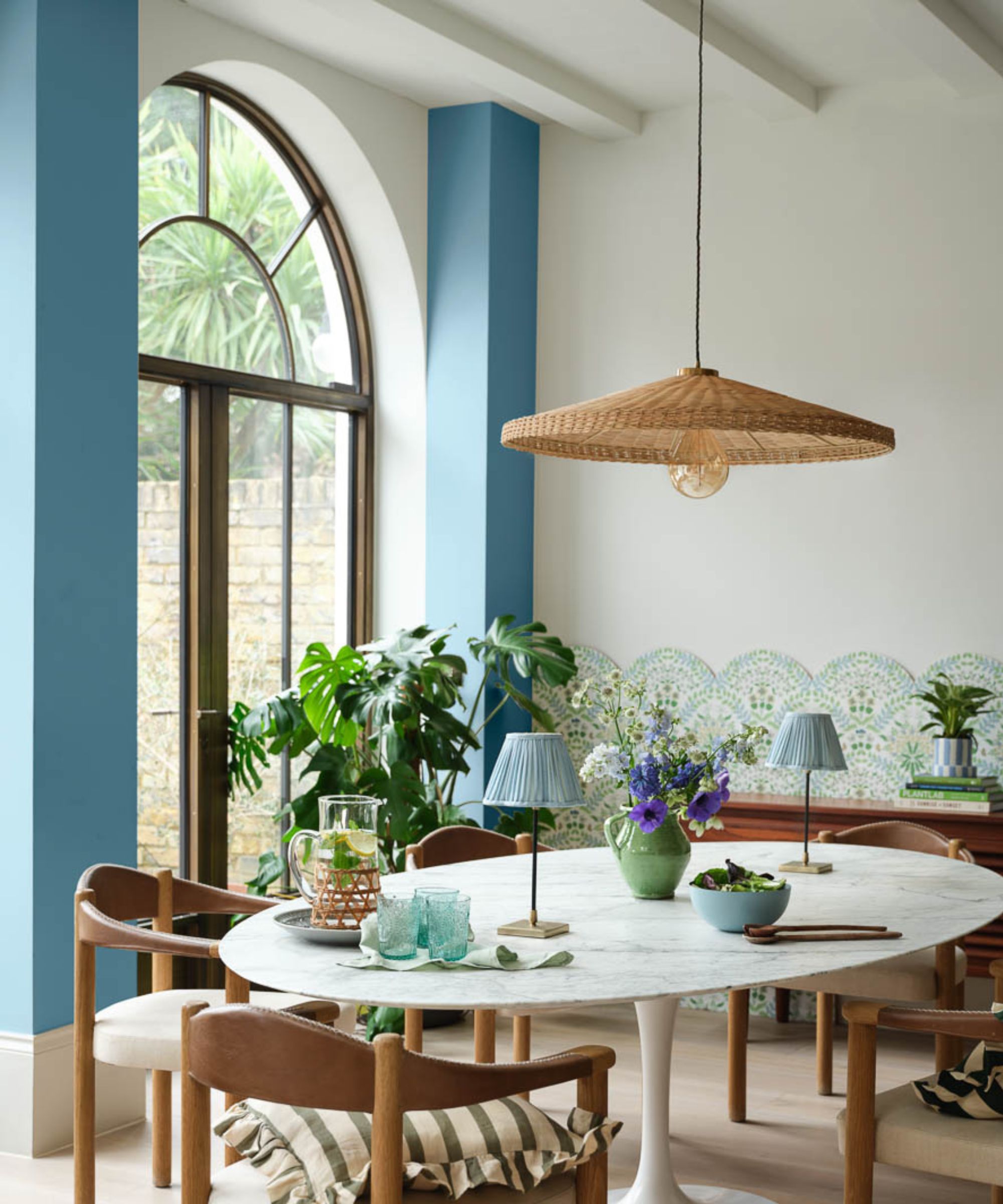
The Cool Brick speaks to a larger focus on designing homes with natural ventilation and airflow.
Despite the limitations of its materials – ceramic, water, air – the Cool Brick offers a compelling lesson in passive climate control: Cooling doesn’t have to mean consuming more energy.
Architect Seth Ballard from Ballard & Mensua Architecture notes that while it may not be practical for cold or humid climates, it does make sense in ‘dry, hot environments’ and could work even better ‘with assisted mechanical movement of air across it.'
Its base concept has inspired many unusual methods to stay cool at home and can be applied in many US homes. Whether you’re exploring how to keep a home cool in a heatwave or planning a build from scratch, passive techniques such as airflow, insulation and shading can make a big difference.
Jonathan Palley, CEO of Clever Tiny Homes, agrees, ‘It’s energy-efficient and clever – but it requires a whole new architectural approach. Most modern homes just aren’t built for brick-based systems anymore.’
Still, as heatwaves become more extreme, passive systems may become more essential, particularly when keeping your home cool in a power outage.
How to recreate the effects at home
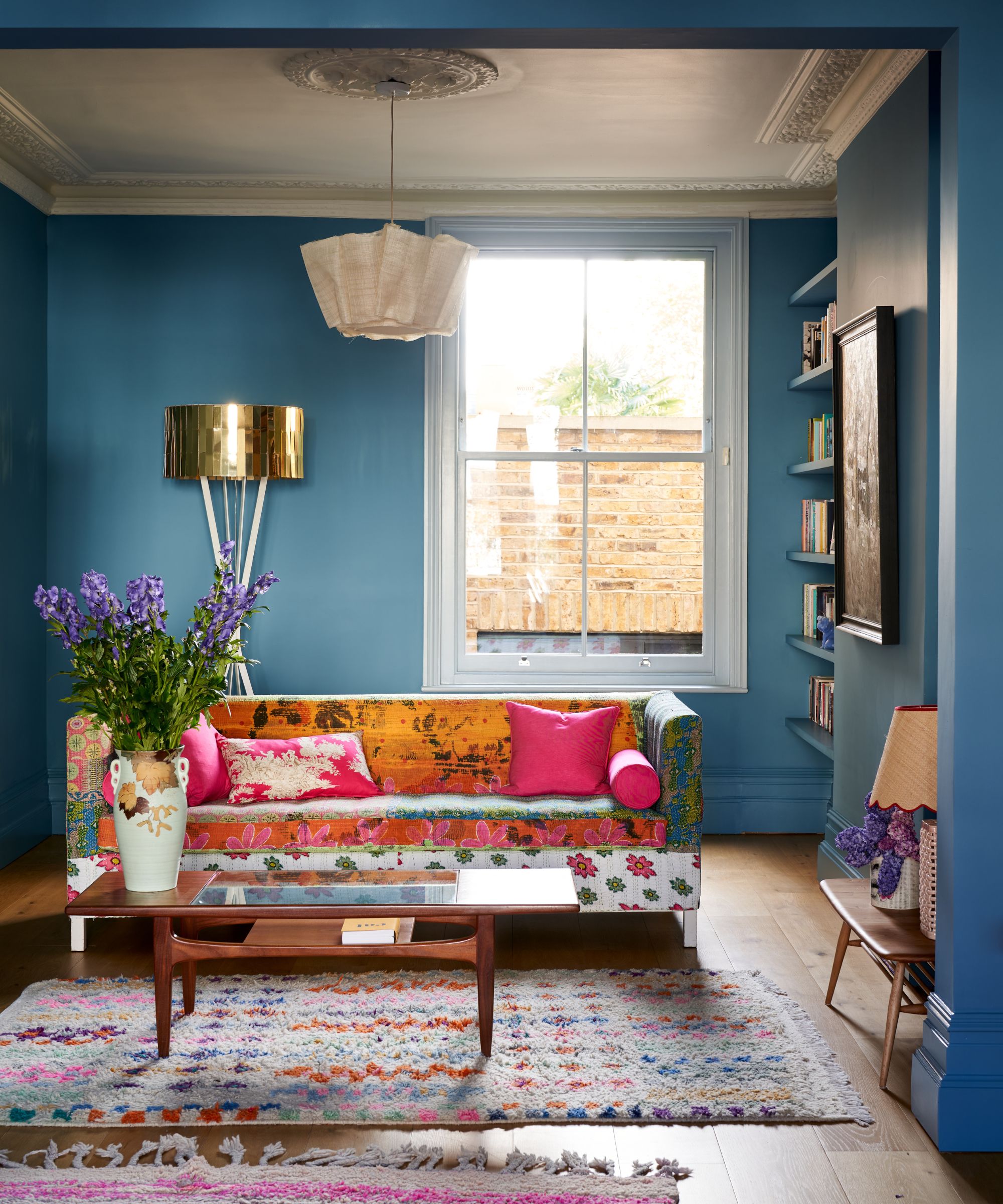
For now, we can rely on low-energy appliances and some DIY to recreate the benefits from passive cooling – or, get started on redesigning your home.
Unless you're planning a significant home renovation where you can introduce this design, you can still bring elements of evaporative or passive cooling into your home using modern appliances and DIY creativity.
Making a DIY air conditioner using ice, a fan and clever airflow control is a great place to start. Our guide to the best fans includes quiet, energy-efficient picks that can support natural cooling methods, such as the Shark FlexBreeze HydroGo.
If your space is also humid, a dehumidifier can make warm air feel less invasive – especially at night – and an air purifying tower fan can flow clean, cooling air throughout your home, such as the Dreo MC710S.
And if you’re on a budget, our expert-approved home remedies to stay cool without spending can be paired with shading or blackout curtains, such as the NICETOWN Blackout curtains at Amazon, to boost your cooling capacity without raising energy bills.
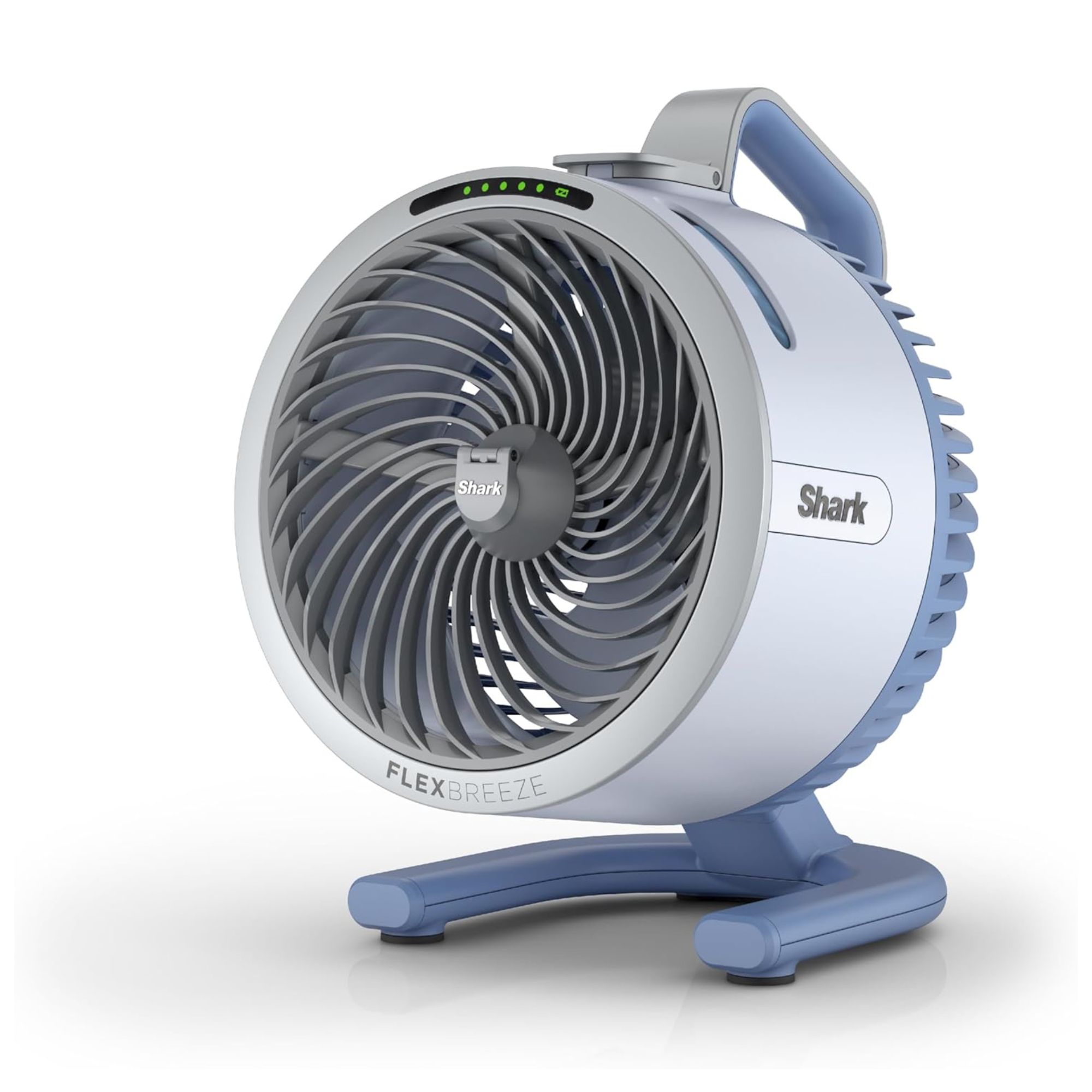
To bring strong airflow into your home without using too much energy or spending too much money, the Shark FlexBreeze HydroGo is perfect. I tested the Shark FlexBreeze (the same fan but with a pedestal mount) and it's single-handedly the best fan we've tested, thanks to ultra-powerful cooling that is never too loud. It's also cordless and can be used in a power outage.
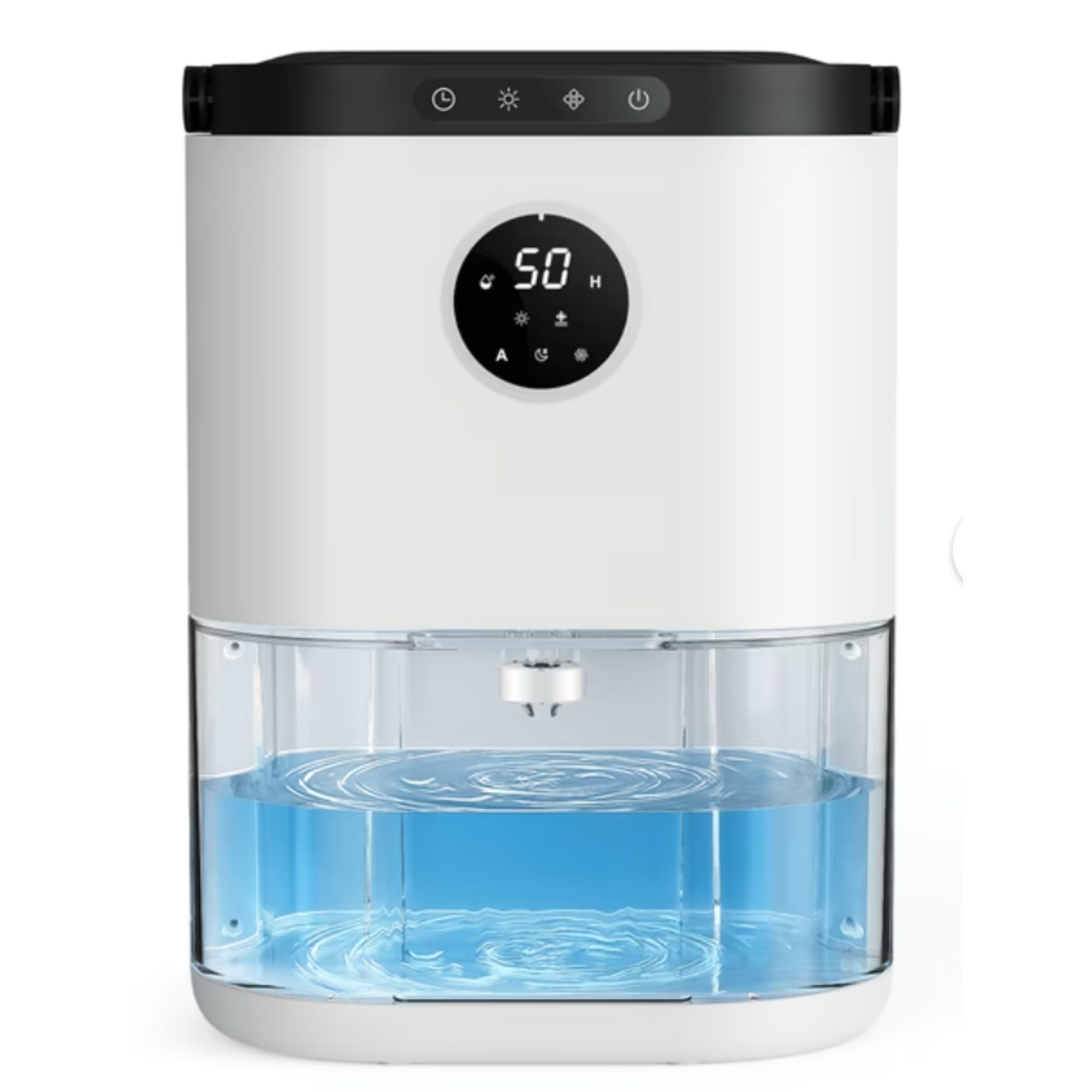
We recommend this budget dehumidifier time and time again, as the portable device can easily be taken around the house to remove humidity where it's needed. Plus, it won't eat into your energy bills too much as it's so compact.
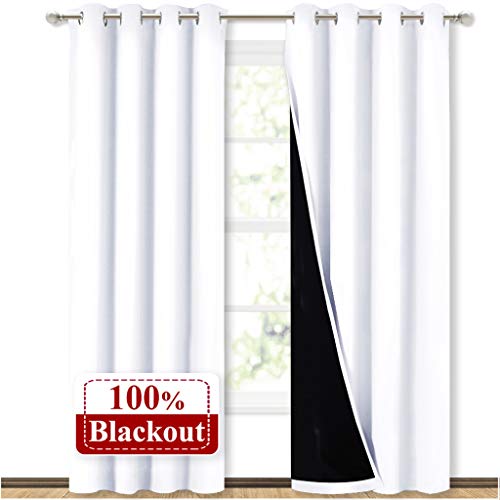
Blackout curtains are one of the surest methods to keep the heat from getting inside, by blocking UV rays that rapidly warm up your space. These curtains are available in many sizes and cost just $25.99 – for passive cooling without energy spends.
Next, learn about the caveman cooling method, successfully creating a cross draft, or the fastest way to cool a house for relief during these hot summer days.

Dan is the Home Tech Editor for Homes & Gardens, covering all things cleaning, sound, smart home, and air treatment across the Solved section.
Having worked for Future PLC since July 2023, Dan was previously the Features Editor for Top Ten Reviews and looked after the wide variety of home and outdoor content across the site, but their writing about homes, gardens, tech and products started back in 2021 on brands like BBC Science Focus, YourHomeStyle and Gardens Illustrated.
They have spent more than 400 hours testing and reviewing vacuums, soundbars and air purifiers for Homes & Gardens.
Dan has a BA in Philosophy and an MA in Magazine Journalism. Outside of work, you'll find them at gigs and art galleries, cycling somewhere scenic, or cooking up something good in the kitchen.
You must confirm your public display name before commenting
Please logout and then login again, you will then be prompted to enter your display name.
